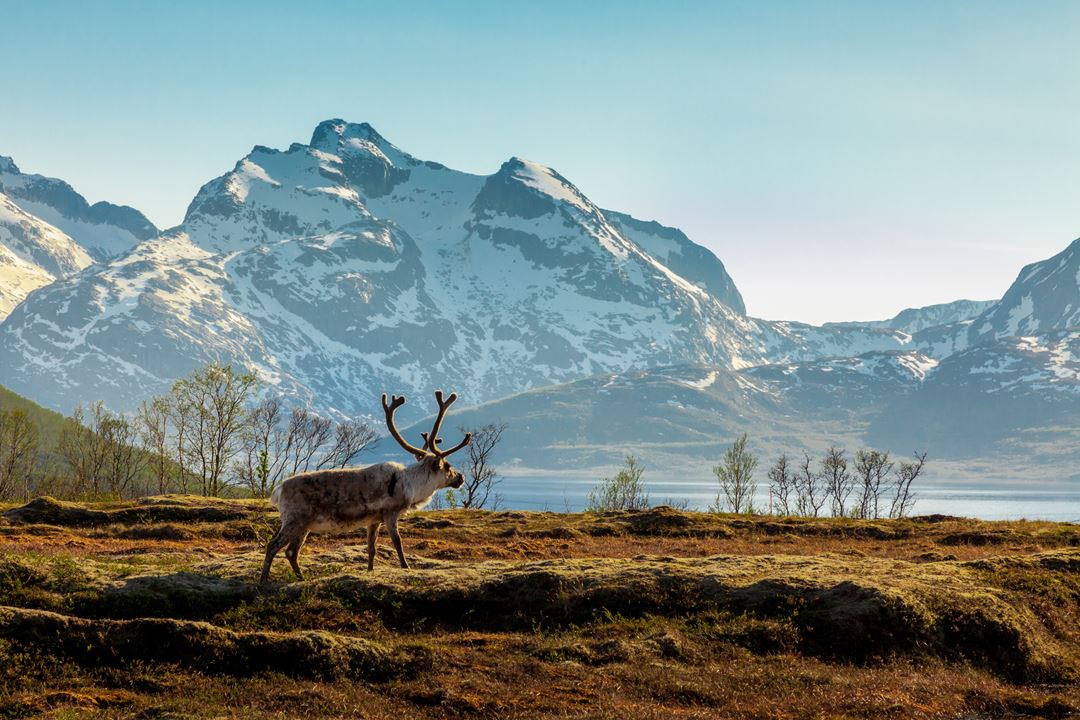Over the past one hundred years, the world has changed quickly as a result of human activity. Climate change and its effects are often appear on the front page of the news, and human land usage has changed the earth's surface. Roads and railways, for example, often function as a barrier for wildlife. The result is a "perfect storm", where the barrier traps species in various places that no longer provide good (climactic) living conditions. As a result, species are already dying out at such a high pace that we are now living in what has been called the sixth era of extiction. In order to limit the negative consequences on our species, we must understand the collective effects of all human activity on other species.
In this project, we focus on reindeer - a highly iconic species in Scandinavia. Reindeer aren't just found on many Scandinavian souvenirs - they play a hugely important role in alpine and tundra ecosystems, and in many local communities. For example, they are the very foundation of the Sami culture. In spite of the fact that reindeer utilise remote mountain areas, they have not been spared during the development of infrastructure. In addition they face negative consequences from climate change that impact their living standards.
We are a team of international researchers with competency that spans from ecology to computer science, that together with the reindeer herders will quantify the total effects of the various stressors (for example renewable energy, transport, tourism, climate) on reindeer. Barriers can seperate the animals from the most appropriate ares during various times of the year. Similarly, climate change can lead to an increased need for mobility. For each grazing area, we will identify the most important stressors, which will help to form the knowledge basis for effective, mitigating measures that can reduce the negative consequences of human activity on reindeer's living conditions.
Anthropogenic activities pose major challenges to sustainability. The cumulative impact of multiple stressors depends upon their interactions and spatio-temporal configurations with respect to each other and to ecosystem flows. Failure to adequately assess long-term cumulative impacts may lead to tipping points and undermine ecosystem functioning.
Our primary goal is to develop a method for quantifying the long-term
cumulative impact of interacting stressors occurring at specific places and
times on ecosystems, and to produce tools for conservation and sustainable development.

Photo: Adobe stock / longtaildog
We will:
- Integrate ecological niche and connectivity modelling to synthesize the
impact of the main stressors into one novel measure of habitat functionality, assessing simultaneously the impact of climate change, habitat loss and fragmentation
- Produce a high-performance, open-source software building upon popular existing applications to quantify cumulative impacts, produce zonation maps, and analyse scenarios to guide long-term sustainable development
- Test the methodology on reindeer throughout Scandinavia to estimate
current and expected cumulative impacts of all stressors, quantify tolerance thresholds, and produce zonation maps, while integrating Traditional Ecological Knowledge and governmental agencies' plans into one analytical framework

